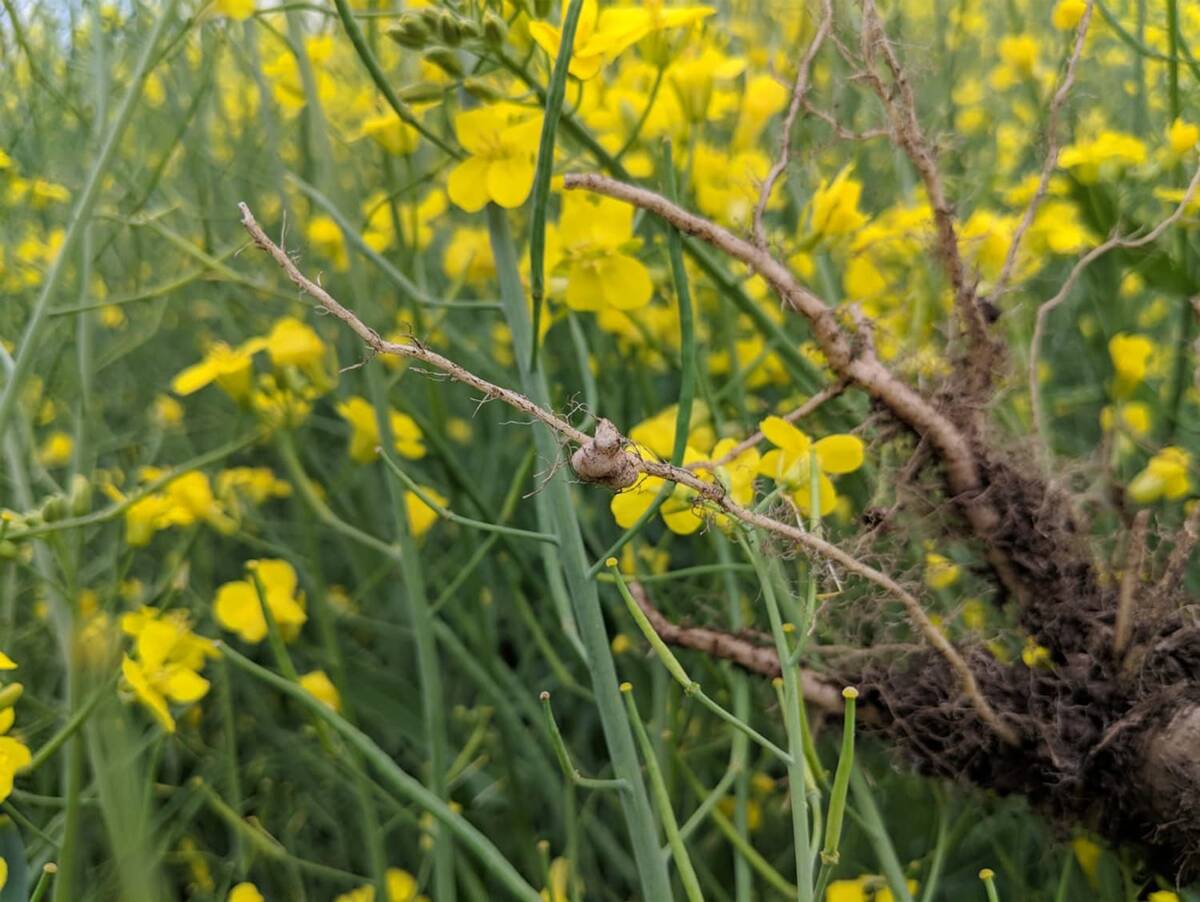Peter Flaman usually listens to books on tape while he’s combining.
This year, he could watch movies.
Flaman, who will harvest 42 quarters south of Regina this fall, is using Accutrak’s autosteering system in one of three John Deere combines he’s running.
He and his son Russell, who installs the hydraulics necessary to use the Regina-based company’s system, are among about a dozen North American farmers using the technology in combines.
The system includes an electronic control unit mounted inside the cab. It makes navigation decisions based on a global positioning system receiver signal.
Read Also

Going beyond “Resistant” on crop seed labels
Variety resistance is getting more specific on crop disease pathogens, but that information must be conveyed in a way that actually helps producers make rotation decisions.
To start, the operator drives a short distance to allow the control unit to recognize the direction of travel. The unit then takes over, sending messages to the hydraulic steering control to guide the vehicle along parallel lines.
The operator needs only to steer around obstacles and turn the vehicle around at headlands. Otherwise, it’s hands-free steering.
While combining a field of lentils, Flaman said the system has reduced stress, time and overlap.
“You can systematically go across the field and it makes it easier for the trucker,” he said. “We always pick up on the go.”
Because each combine is following a parallel line set by the unit in the lead combine, the truck can also follow a similar path.
He said the importance of saving time grows as the farm size increases.
“I don’t know if I’d save an hour on a quarter,” Flaman added. “But it’s easier.”
He prefers to harvest in a different direction than he seeded. That is also easier to do because the autosteer system can pick a course on an angle and stick to it exactly. There are few odd-sized strips left because the combines do not overlap.
Flaman believes the technology would be of significant value to custom combiners and other large outfits.
The combine with the control unit can move over four or five passes and the others can follow behind along the line it has set.
Ken Sebastian, Accutrak’s service technician, said using autosteering in combines is relatively new and the company hasn’t gone after the custom combine market yet.
“Even with one combine there will be a time saving because you’re always taking a full pass,” he said. “Your passes are always even.”
Most automatic steering systems in use are in tractors. Accutrak is a portable system, so it can be used in different equipment providing the hydraulics are in place.
The cost of a system varies from $7,500-$10,000, depending on whether a farmer already has a GPS receiver.
Sebastian said it would take a farmer with smaller acreage longer to make it pay, but it still offers advantages.
One farmer told him it used to take his son five hours to work the summerfallow on a certain field; with autosteering it took four hours.
“That’s one hour in fuel and time and wear and tear on the equipment,” he said.
Two older farmers use the technology because their eyesight isn’t as good as it used to be. The strain on their eyes is reduced because they aren’t constantly steering, Sebastian said.
Flaman has used the technology in other equipment, including a swather. Being able to steer a pull-type swather in a perfectly straight line is a huge advantage, he said.
There are seven or eight other companies offering similar technology. Sebastian said some of them are good systems, but all are more expensive than Accutrak.
The company is also exploring the use of the technology for golf course mowers.
















